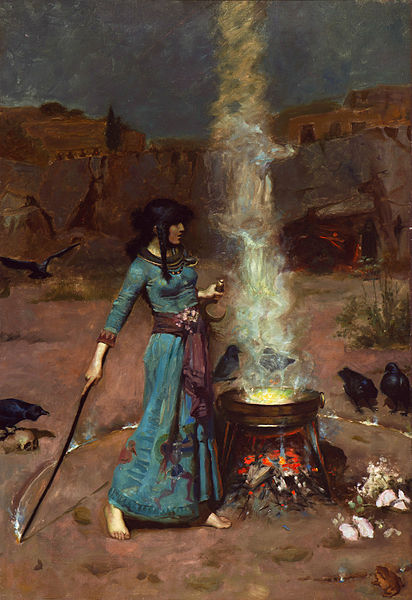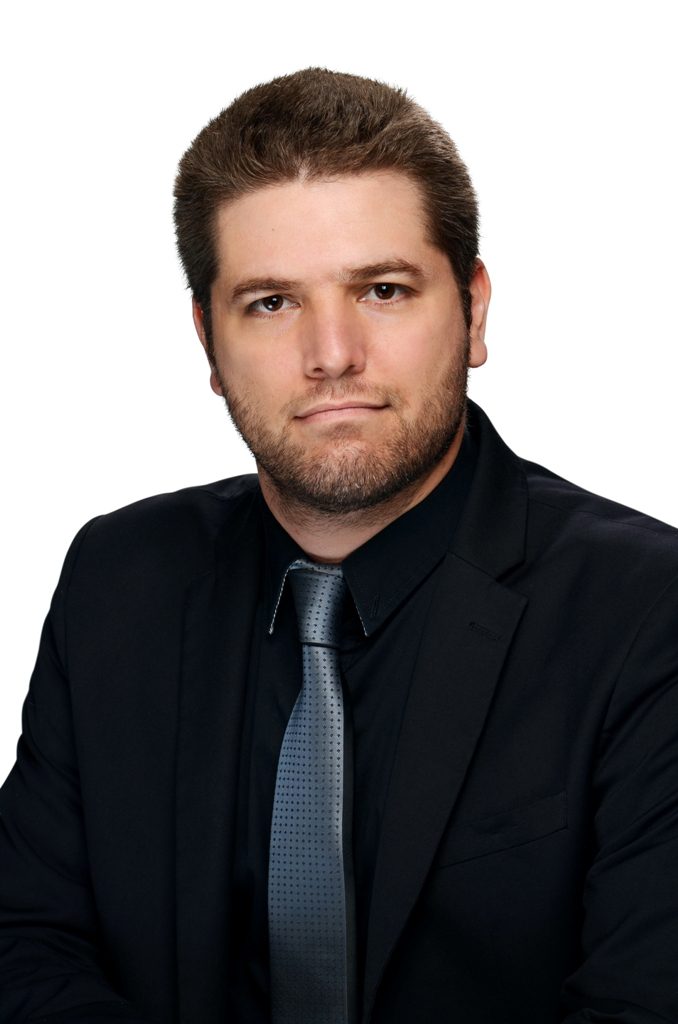Having been unable to attend the 2018 EASR conference at Bern and catch up with friends and colleagues, I was delighted to be offered this opportunity to listen to Manon Hedenborg White and Sammy Bishop talk about gender issues in contemporary occultism – a subject I’m most interested in.
Both Manon and I are part of a young cohort of scholars exploring new avenues of research in Twentieth Century and contemporary Western Esotericism. Specifically, we are both interested in highlighting gender as an aspect of occult discourse and practice. Manon’s recent and current work analyzes constructions of femininity and feminine sexuality in modern occultism, with a specific focus on Thelema and its development in the Twentieth and Twenty-First centuries, while my own contributions have centered on attitudes towards gender among British Wiccans, Pagans, and Goddess feminists between the late 1940s and early 1990s.
I chose to comment and elaborate on a few of the issues highlighted by Manon during the interview. First, she observes that men slightly outnumber women in contemporary Thelemic organizations such as the Ordo Templi Orientis (OTO), and she feels that the intersection with feminism, as seen in Wiccan-derived contemporary Paganism, hasn’t been as strong in Thelemic groups, for various reasons. This, in fact, makes her postdoctoral project, which centers on Female Authority and Agency in Thelema, all the more important. As noted recently by Jay Johnston, “the assumption that magicians are only men and witches are only women is [still] disappointingly common” in contemporary Western esotericism (416). Yet not all contemporary Pagan denominations feature a higher proportion of female adherents. In most groups that practice Heathenry, which focuses on the veneration of Germanic and Scandinavian deities, male adherents outnumber their female counterparts. According to Stefanie von Schnurbein, most groups are composed of 60 to 70 percent men (216). In the American context, as noted by Johnston, the relatively-high proportion of army veterans in Asatru “has engendered very active masculine roles” that harken back to an imagined Viking past of “warrior men and hearth-tending women” (416-417).
A further point I would like to highlight here is that – as Manon rightly observes – “there really is a lack in solid quantitative research on contemporary esotericism overall“. One of the first attempts to do so, coincidently, was by a practitioner – Chris Bray, the proprietor of a Leeds-based occult bookshop known as The Sorcerer’s Apprentice. In 1989 Bray undertook ‘The Occult Census’ in an attempt to compile “the first real analysis of the sociological importance of Occultism in the history of the world.” Some of the data he collected was also utilized by Michael York in his sociological study of the British New Age, Pagan, and occult scene during the late 1980s and early 1990s, published in 1995 as The Emerging Network (133-135, 142-144, 182-197, 210-211). One point I would like to add to this is that it seems that Contemporary Paganism as a whole is certainly receiving greater attention in terms of quantitative research than that received by Thelemite and OTO groups, for instance. Helen Berger’s The Pagan Census (PC) and The Pagan Census Revisited (PCR) are representative in this regard. Berger’s work, which centered on Pagans in North America, has, in fact, inspired comparative surveys that utilize its template to varying degrees in order explore different Pagan localities and compare the data with the PCR. The 2016 EASR conference in Helsinki included a session titled ‘Differences and Similarities in Contemporary Paganisms across Diverse Locales: Interpreting Census and Survey Data’, in which two of the presentations utilized Berger’s survey template in order to compare between Paganism in North America, Israel, and the Czech Republic.
Finally, a word on the secretive aspect of occult groups and our position as scholars of contemporary Western Esotericism. Manon, for instance, in her PhD dissertation and subsequent publications, chose not to discuss OTO rituals that are secretive and open to initiates only, and alludes to past researchers of contemporary occult groups who have undergone initiation into groups and then described the rituals themselves. Manon felt this could be “ethically quite troublesome” and was interested in other aspects of the Thelemic traditions to begin with. She also describes having to separate between conversations and rituals you are invited into as a scholar and those the scholar is invited into rather as a friend or as “someone who is perceived as a kindred spirit.”
In my study of the Israeli Pagan community, I had to deal with similar dilemmas, coupled with the fact that a few vocal members of the local Pagan community objected to my wish to publish the fruits of my research, fearing it will cause this miniature and reclusive spiritual community to ‘pop-up’ on the government’s radar and incur violence from Ultra-Orthodox groups anxious to safeguard Israel’s existence as a (Orthodox) Jewish state. Most members of the local Pagan community were supportive of my publications, which were written almost entirely in the form of English-language peer-review – and paywall-protected – journals that are virtually unread by the non-academic Israeli public. Israeli Pagans’ fear of publicity has – and still is – a fact I felt compelled to factor in as I repeatedly refused to speak about them when prodded occasionally to do so by both sensationalist and established local television shows and newspapers.
Researching initiatory-based groups as an outsider has sometimes hindered my research into British Wiccans’ reaction to second-wave feminism as well. Most of my oral history interviewees were happy to cooperate once I was able to provide assurances that I was ‘a proper person’, and Pagan libraries and archives in Glastonbury and Boscastle were opened to me in their entirety, while custodians of the papers of a deceased Wiccan luminary felt compelled to ‘protect the mysteries’ and withhold my access to the collection. It did not matter, of course, that I was hardly interested in obtaining information regarding the secret names of Wiccan deities but actually prized potential correspondences between said Wiccan and figures such as Starhawk or Mary Daly. In fact, issues of secrecy were not restricted to Western Esotericism as I searched for research materials in feminist archives during the course of my PhD. As a male scholar, was I allowed to read through copies of ‘women-only’ newsletters complied during the 1970s and 1980s? Were these publications already part of history or not? What to do when a certain publication was designated as ‘available to women scholars only’ in one feminist archive but was unrestricted in another? The answers to these questions are not necessarily set in stone, and as a historian who has been trained to study the writing of individuals who are ‘safely gone’ but chose instead to make the 1970s-1980s era his ‘bread & butter’, I’ll continue to have my hand full in dealing with such dilemmas, for sure.
References
Johnston, Jay, “A Deliciously Troubling Duo: Gender and Esotericism,” in Contemporary Eesotericism, eds. Egil Asprem and Kenneth Granholm (Sheffield: Equinox, 2013), 410-425.
Bray, Chris, The Occult Census: 1989 – Statistical Analysis & Results (Leeds: The Sorcerer’s Apprentice Press).
von Schnurbein, Stefanie. Norse Revival: Transformations of Germanic Neopaganism (Leiden: Brill, 2016).
York, Michael, The Emerging Network: A Sociology of the New Age and Neo-Pagan Movements (London: Rowman & Littlefield, 1995).



